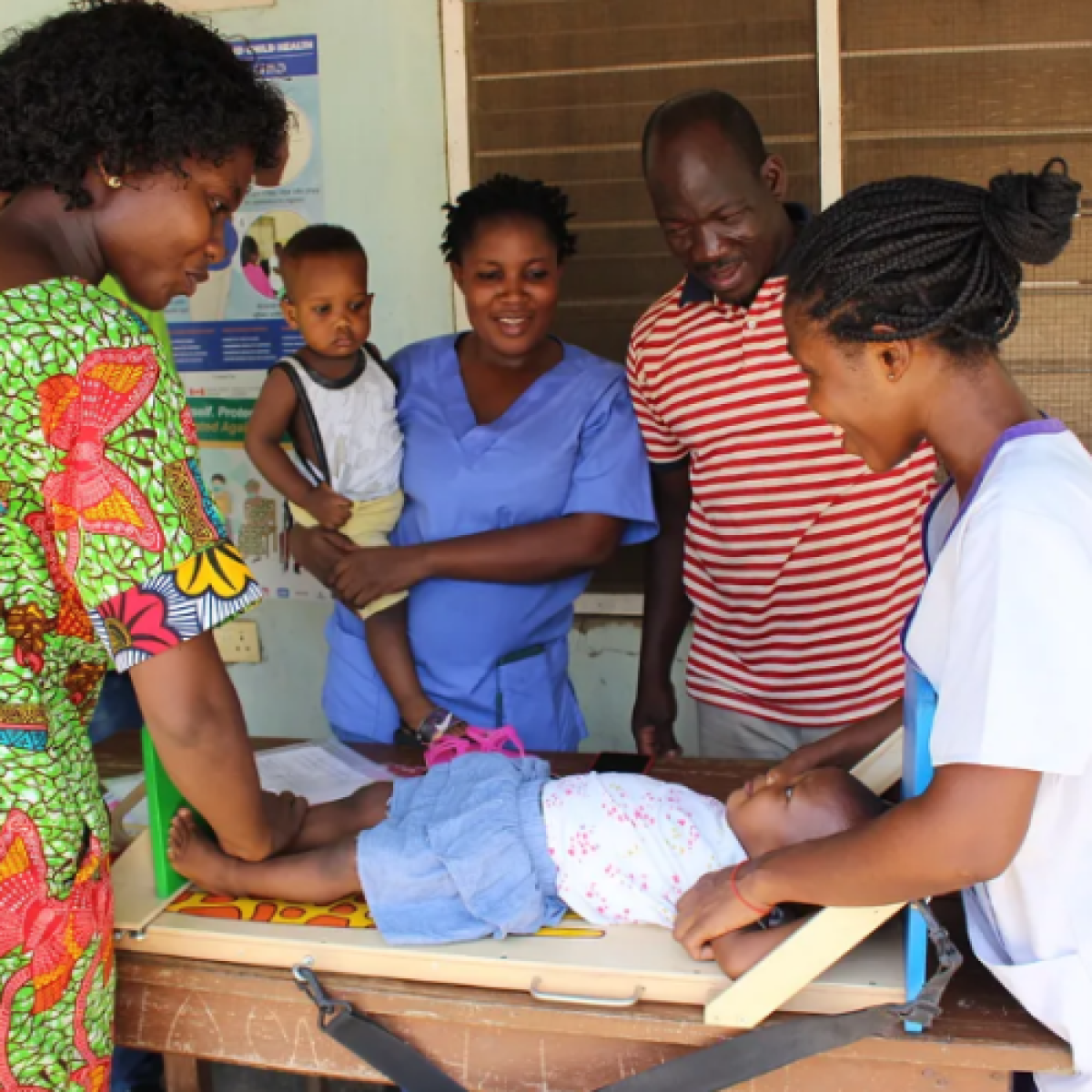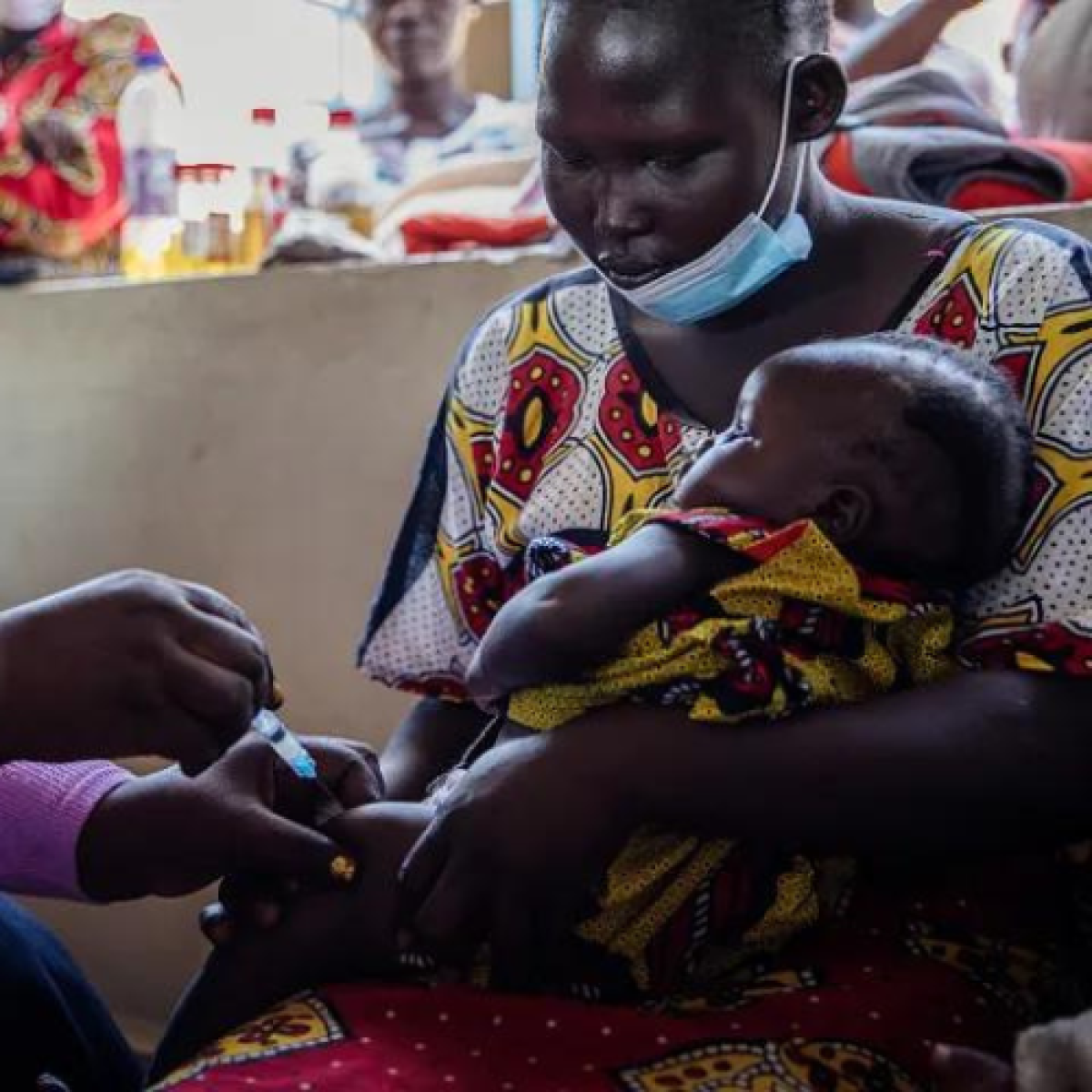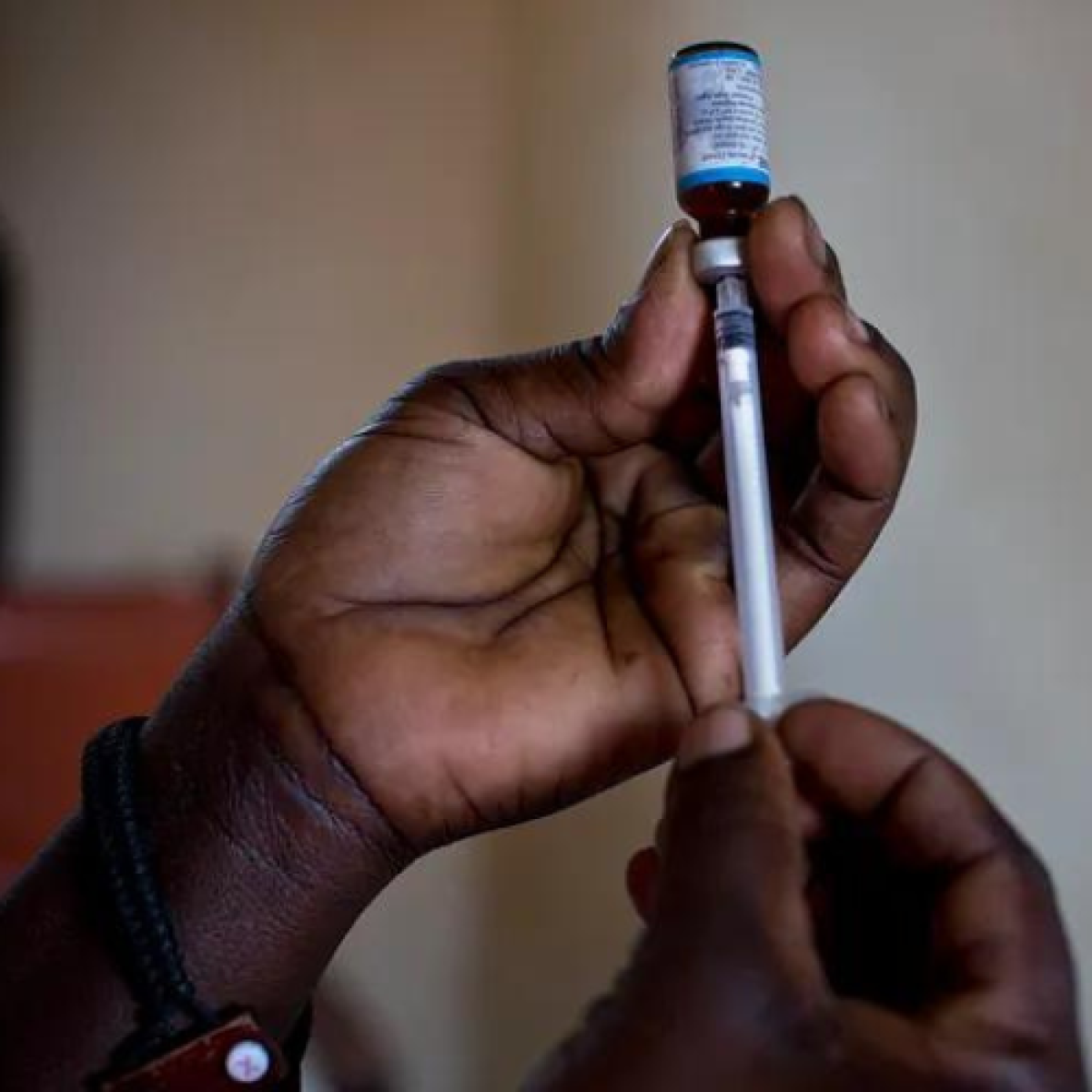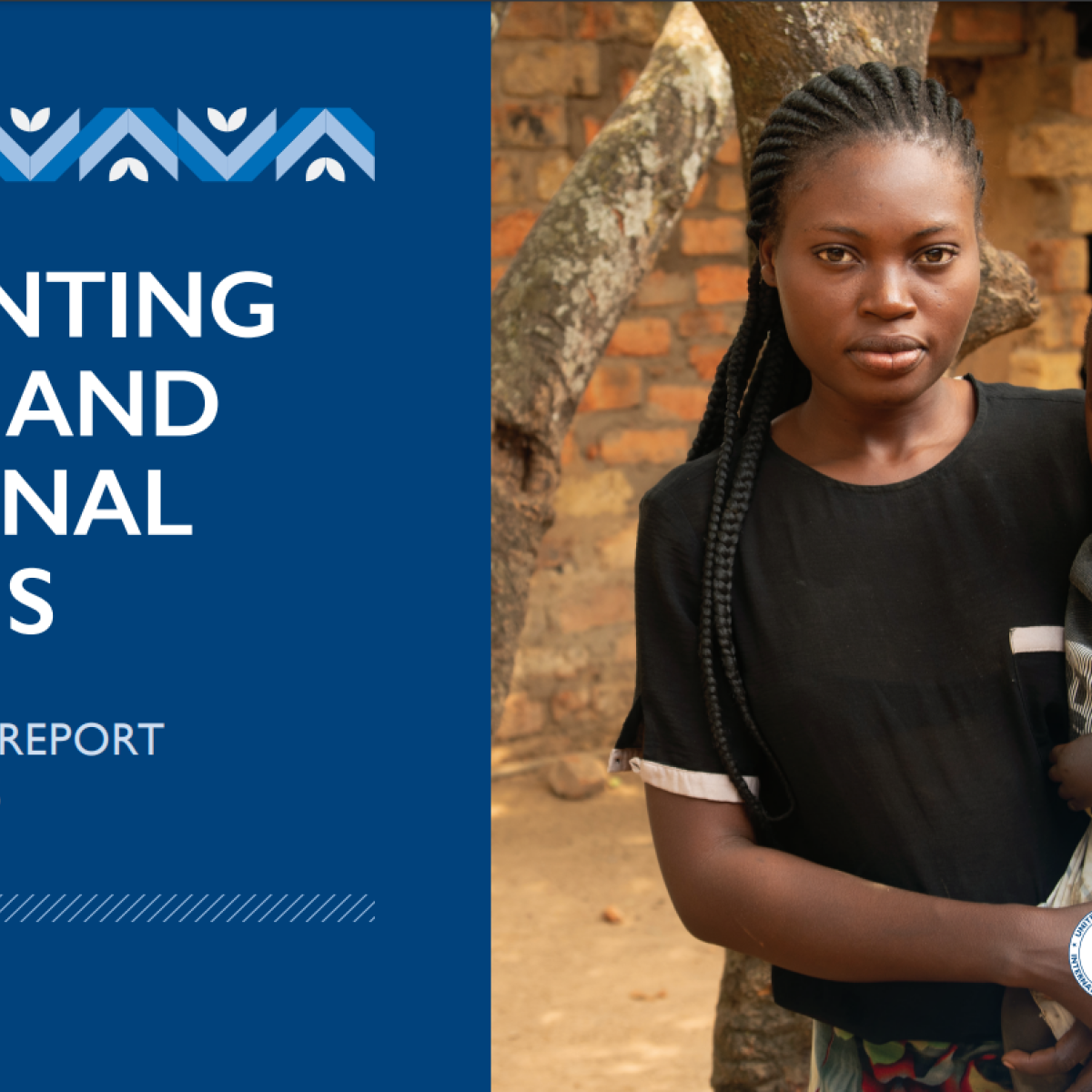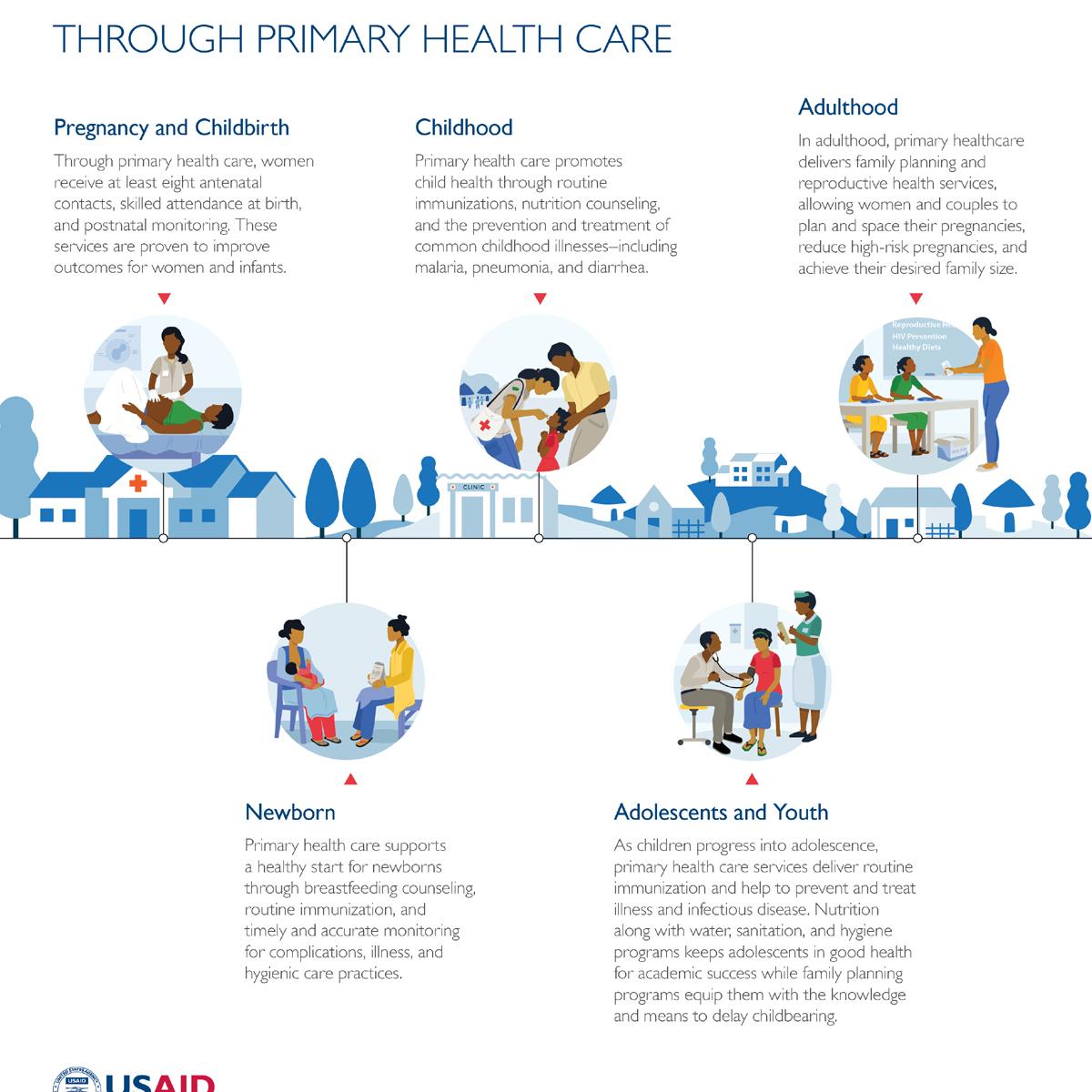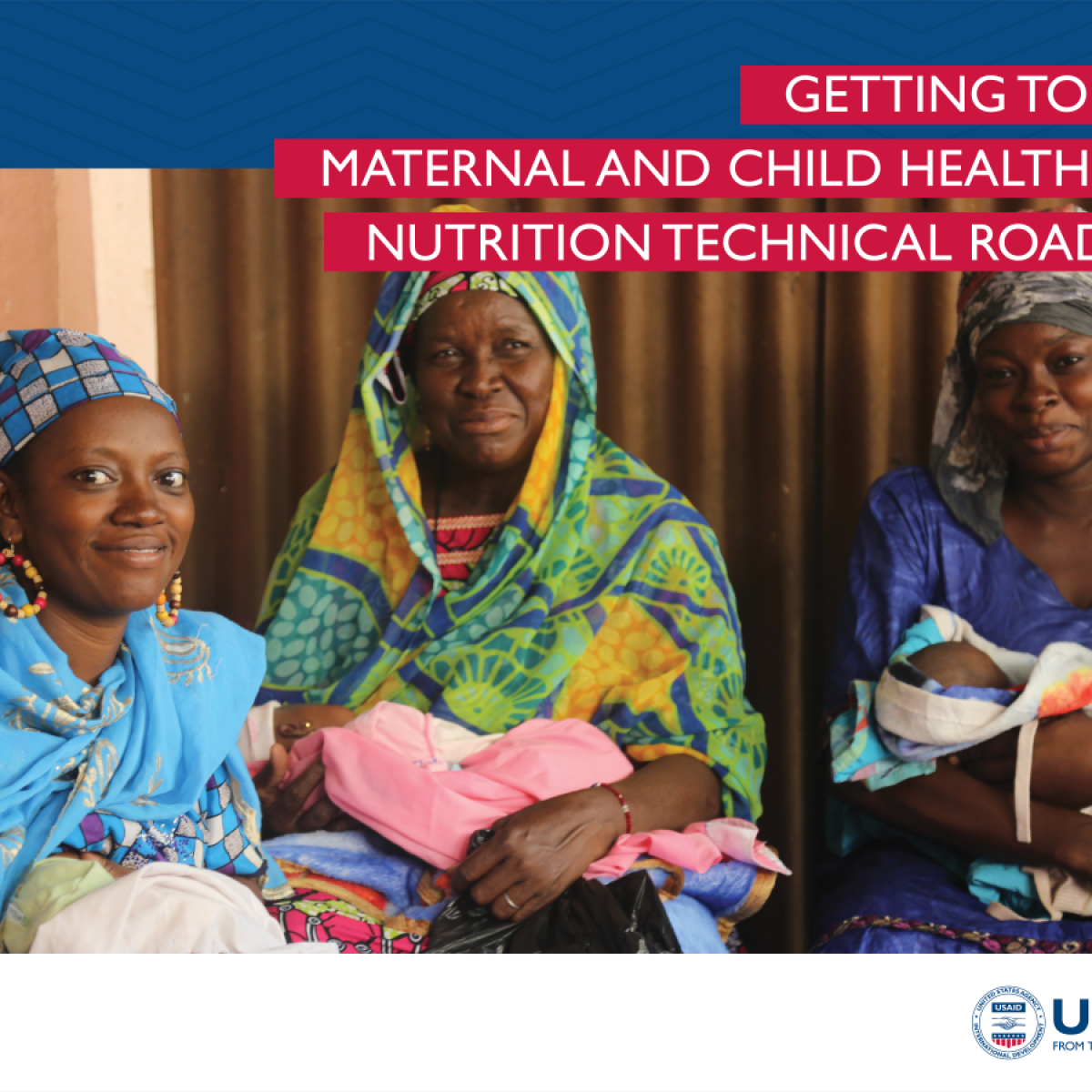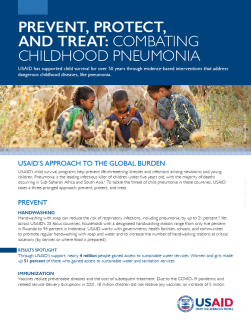Child Health
USAID's investments to support child health aim to reduce preventable child mortality by expanding equitable access to quality health care. Our programs ensure that children not only survive to celebrate their fifth birthday but can thrive later in life and reach their full potential.
Pneumonia, diarrhea, and malaria are among the leading causes of childhood death and are collectively responsible for almost one-third of deaths among children under five years old—yet, most of these deaths can be prevented with inexpensive, evidence-based interventions. Deaths among children under five have fallen from 12.5 million per year in 1990 to 5 million in 2021—a dramatic decrease, but one that demands further progress and innovation. (UNICEF, 2020)
To accelerate further reductions in preventable child deaths, USAID partners with countries to implement known, affordable, accessible interventions at scale. Even in those countries in which progress has been made, there are communities with limited access to quality services. To expand access and effective coverage, USAID will increase detection of underserved populations and work with the private and public sector to provide high-quality health information, products, and services for children. In the absence of public or private, facility-based services in remote areas, USAID supports integrated community case management (iCCM), a platform from which trained community health workers can diagnose and treat key illnesses, as well as identify and refer those cases that need immediate and more specialized levels of care to ensure that no child is left behind.
Our Approach and Results
Our work to improve child health is cross-sectoral and includes preventive measures, that rely on catalytic investments and strong partnerships with country governments, donors, and the private sector to extend our reach and have the greatest possible impact on child survival, including:
- Improving the delivery of frontline primary care and prevention services by strengthening health worker adherence to evidence-based approaches.
- Diagnosing and treating malaria accurately and in a timely fashion and coordinating the supply of and providing long-lasting, insecticide-treated bednets to prevent malaria.
- Advancing equitable community-level child survival interventions in rural and underserved areas, including treatment for children with diarrhea and pneumonia.
- Improving water, sanitation, and hygiene (WASH) infrastructure and educating communities on best practices.
- Educating families about nutrition.
- Supporting strong, resilient routine immunization systems.
- Promoting preventive measures and social behavior change interventions to support timely care seeking; community case management; and routine childhood immunization.
- Working to improve access to and quality of care in a ‘total market’ approach, engaging the public and private sector, NGOs, and faith-based organizations.
Since 2020, USAID provided 115 million treatments to children for diarrhea and pneumonia.
Where We Work
USAID’s maternal and child survival programs focus on 25 countries that represent more than 66 percent of maternal and child deaths.
Projects and Partnerships

Global Polio Eradication Initiative
USAID has played a critical role in eradicating polio, providing both financial and technical assistance in support of The Global Polio Eradication Initiative’s global eradication strategy.

United Nations Children’s Fund
USAID partners with the United Nations Children’s Fund (UNICEF) to improve the health and well-being of mothers, children, families, and communities around the world. UNICEF is a key partner for advancing USAID’s global health priorities, including recovering lost ground on the health targets of the Sustainable Development Goals.

Gavi, The Vaccine Alliance
USAID partners with Gavi, The Vaccine Alliance, to provide life-saving vaccines, health system strengthening, and targeted technical assistance across the globe.

MOMENTUM
MOMENTUM—Moving Integrated, Quality Maternal, Newborn, and Child Health and Family Planning and Reproductive Health Services to Scale—is a suite of projects that works in partnership with countries to scale up health interventions and improve the overall health and well-being of mothers, children, families, and communities.
Success Stories
News and Resources
Subscribe to our mailing list for regular updates
Our quarterly e-newsletter highlights updates on USAID's maternal and child survival programs around the world.


